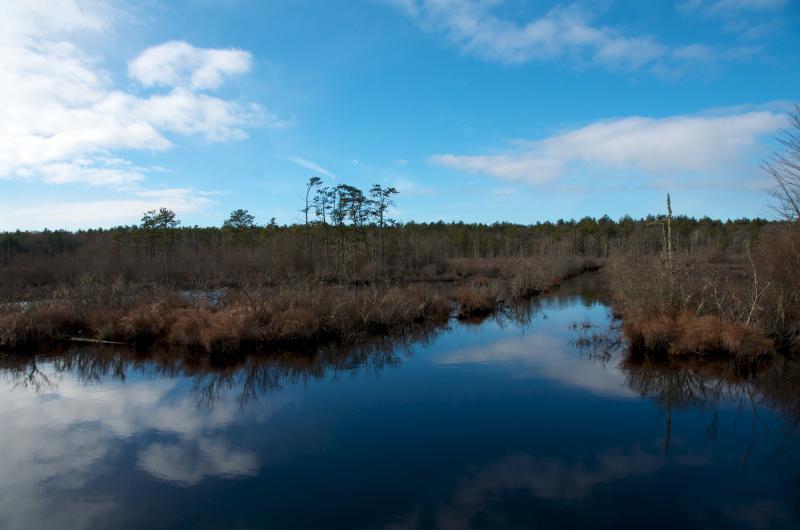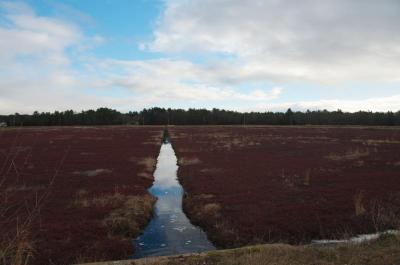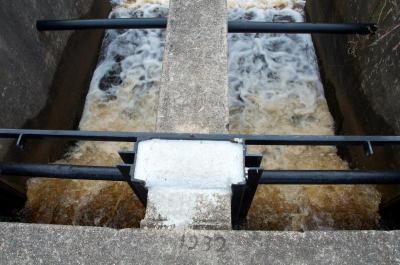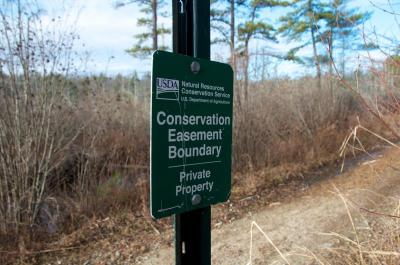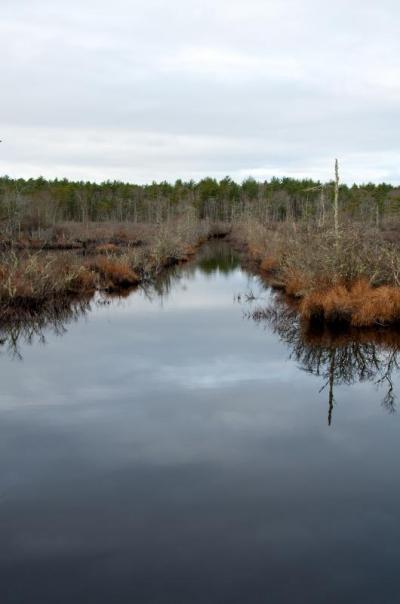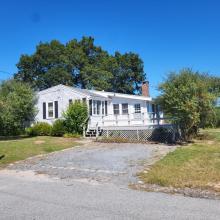Buzzards Bay Coalition looks to take bogs back to its roots
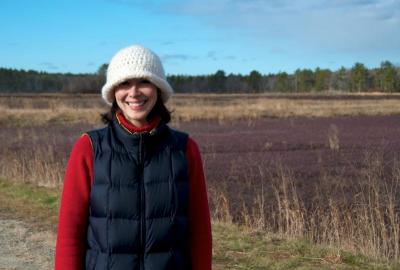
Chemicals are out and wetlands are in at the Buzzards Bay Coalition’s 220-acre property in Mattapoisett.
Formerly owned by Decas Cranberry, the land includes 60 acres of cranberry bogs.
The property, purchased in 2011 with help from the federal government and local support, is another step in the Coalition’s effort to preserve the Buzzards Bay Watershed.
“The overall goal was first to protect the property,” said Sara Quintal, Restoration Ecologist for the Coalition.
Runoff from the fertilizers and pesticides used on the bogs was of particular concern to the organization, considering the land’s proximity to the Mattapoisett River and local water supply.
Known as a “flow through” bog, the land was cultivated because of its location.
To irrigate the cranberries, much of the land was manipulated to channel water from Tripps Mill Brook, a tributary of the Mattapoisett River, to the bogs. “Typically, a flow through bog would be established in what was already wetlands,” said Quintal. “Most of what was bogs likely was red maple swamp or some sort of similar wetlands.”
Now, 80 years since bogs were first introduced on the property, the Coalition is looking for ways to restore the wetlands.
“Wetlands are so key for your water resources,” said Quintal. “They’re the filters of the earth.”
With the National Resources Conservation Service and local stakeholders, the Coalition has formed the Technical Advisory Committee. Currently, the committee is in the data collection phase of the restoration and is evaluating the best ways to preserve the wetlands and wildlife.
“When it comes to the restoration, we know there’s going to be a lot of opinion,” Quintal said. “We’re doing out best to include the public as part of that process.”
The group’s work includes researching the historic run of fish through the land. The water control structures that regulate the water to the bogs have made it impassable for most fish.
“If you envision yourself as a fish coming up from Buzzard’s Bay, maybe finding your way to Tripps Mill Brooke, you get to this point and you start scratching your fins,” said Quintal.
Years of manipulating the site have left it very changed, she said. “It has made the restoration project difficult. You can’t just turn it back into what it was. We’re taking our time and trying to figure out the best course of action.”
Although the restoration will be a long process, the Coalition wants people to know that it is open for public use. Quintal said signs will be added to help direct visitors by the spring.
The property already has two miles of trails that begin at the bogs on Acushnet Road and end at Tinkham Pond. More trails are planned.
“There is so much habitat diversity, which is really neat,” said Quintal, who noted that hawks, great blue heron, osprey, fox, deer, and other wildlife have been spotted on the land.
While motorized vehicles are prohibited, she said, “We welcome public access to the property for hunting, walking, any passive use. It’s a great playground.”



